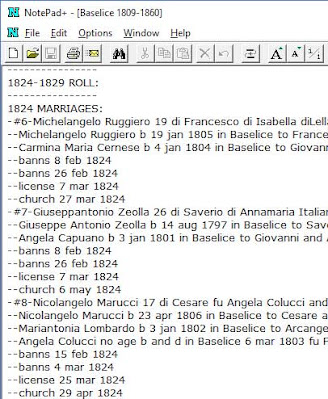Are you overlooking one of the biggest free genealogy resources of all? If you're new to genealogy, or you've been doing it long enough to know there's more to learn, you'll be amazed at all the lessons you can learn on YouTube.
For starters, there's a seemingly endless amount of genealogy videos produced by Ancestry.com for free. Simply go to YouTube and subscribe to the Ancestry channel.
You'll find groups of videos including Ancestry's Desktop Education Series, featuring titles such as "Ways To Clean Up Your Family Tree", "Documenting the Enslaved in Your Family Tree", and "What Does That Say? More Paleography Tips & Tricks" designed to help you decipher difficult old-style handwriting.
 |
| Search within the Ancestry channel on YouTube for what you need. |
Use the search tool to find videos on a subject of particular interest to you, such as census forms. Or search for the very likeable and extremely helpful Crista Cowan, an expert genealogist who's lucky enough to work for ancestry.com.
There is a very good chance you'll find a valuable free video on any subject that's important to your genealogical research. Be warned: These fabulous videos will show you how much you're missing by not subscribing to ancestry.com, but so do shows like "Who Do You Think You Are?" and "Long Lost Family". I'm not trying to sell you on anything, but if ancestry.com wants to hire me, and I can work from home in New York, I'm in!
But Ancestry's videos are just the tip of the iceberg. Search the site for "genealogy" or a more specific phrase, like "civil war pensions," and start watching. When you find a video provider whose work you enjoy, like Crista Cowan, subscribe to their channel. Subscribing to a channel simply means you'll be offered their videos first, and you'll have a convenient way to return for more.
There's nothing like a show-and-tell to teach you how to use a resource or point out exactly what you can find on a particular type of record. Watching a genealogy video may become your favorite way to start the day.








